Atlanta might be known for its bustling city life, impressive skyline, and notorious traffic, but hidden within the urban sprawl lies a treasure trove of excellent fishing opportunities. The metropolitan area boasts numerous waterways where trout thrive, often just minutes from downtown skyscrapers. Many locals drive hours to reach mountain streams, unaware of the high-quality fishing available right in their backyard.
Here is a list of 15 secret urban trout spots around Atlanta that even longtime residents might not know about. These hidden gems offer great fishing without the long drive to more well-known locations.
Chattahoochee River National Recreation Area

This urban fishery is hiding in plain sight. The stretch below Buford Dam receives regular stockings of rainbow, brown, and brook trout. The cold water released from the bottom of Lake Lanier creates a perfect trout habitat year-round.
Early weekday mornings provide the most solitude, with fewer recreational paddlers to disturb the water. Parking at Medlock Bridge or Jones Bridge Park gives access to less-pressured sections.
Peachtree Creek Junction

Where Peachtree Creek meets the Chattahoochee, a deep pool holds surprising numbers of trout. This confluence creates oxygen-rich water and a natural feeding lane where trout gather.
The spot requires a short hike from the nearest parking area, which deters many casual anglers and helps maintain the quality of the fishing.
Like Travel Pug’s content? Follow us on MSN.
Morgan Falls Basin
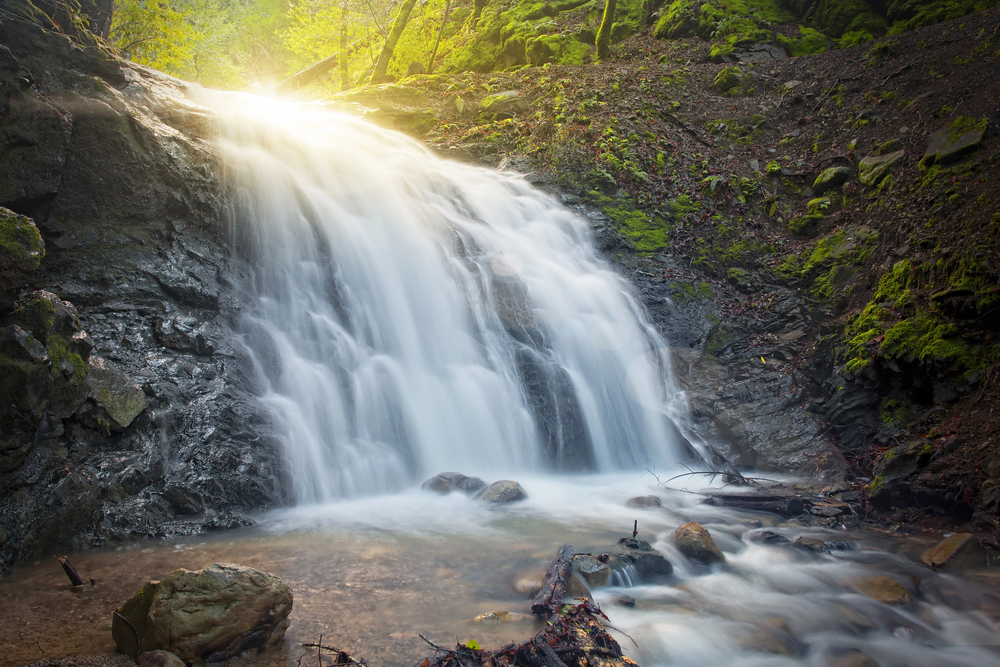
This section offers excellent holding water for larger trout just below Morgan Falls Dam. The dam releases create consistent flows that bring food to waiting fish.
The basin’s depth helps maintain cooler water temperatures, even during Atlanta’s hot summers, offering a year-round fishing opportunity many overlook.
Sope Creek Pockets
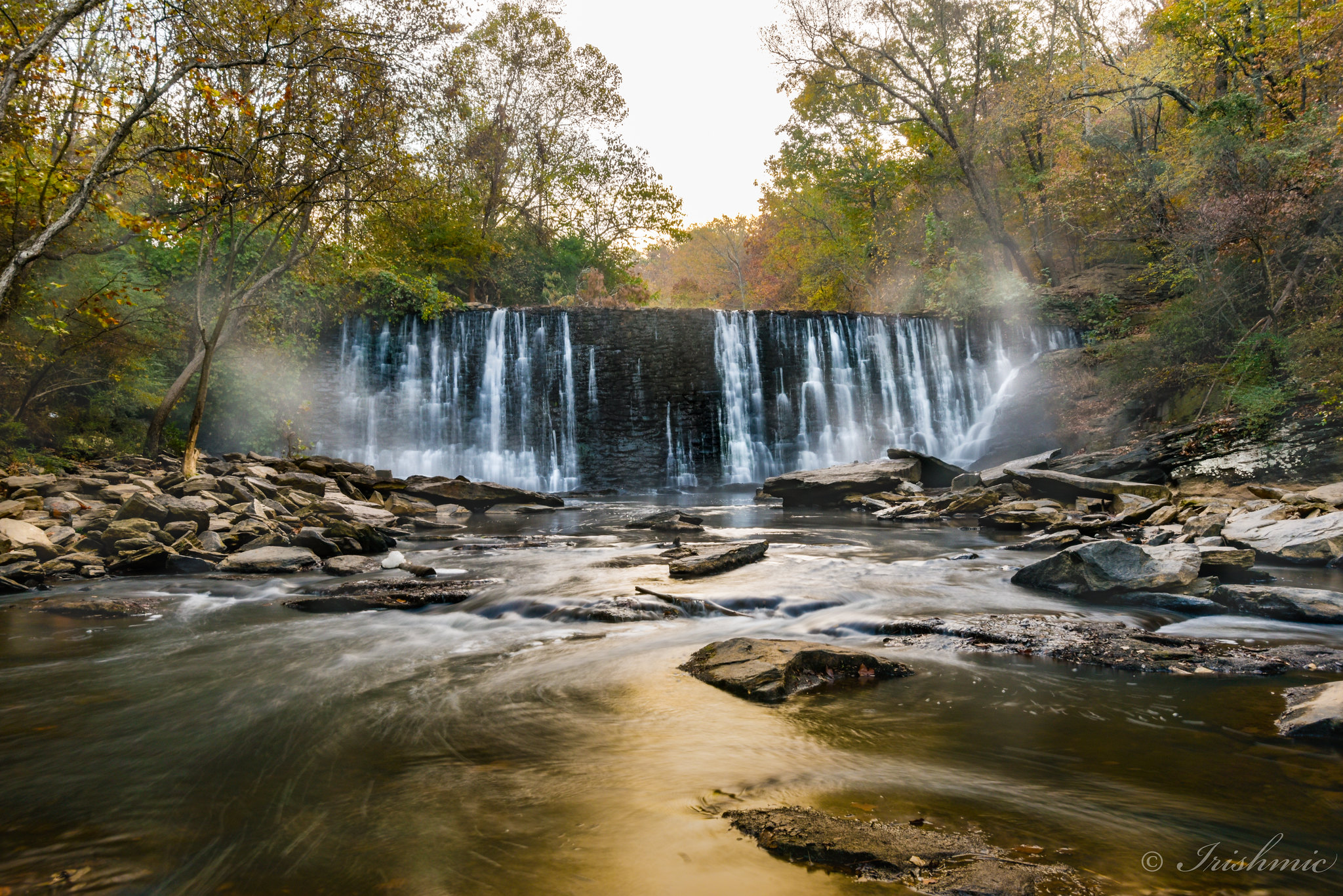
This tributary of the Chattahoochee features numerous small pools and pockets where trout take refuge. The creek’s historic paper mill ruins serves as a picturesque backdrop to your fishing adventure.
The slightly acidic water here tends to produce trout with more vibrant coloration than those found in the main river.
East Palisades Shoals
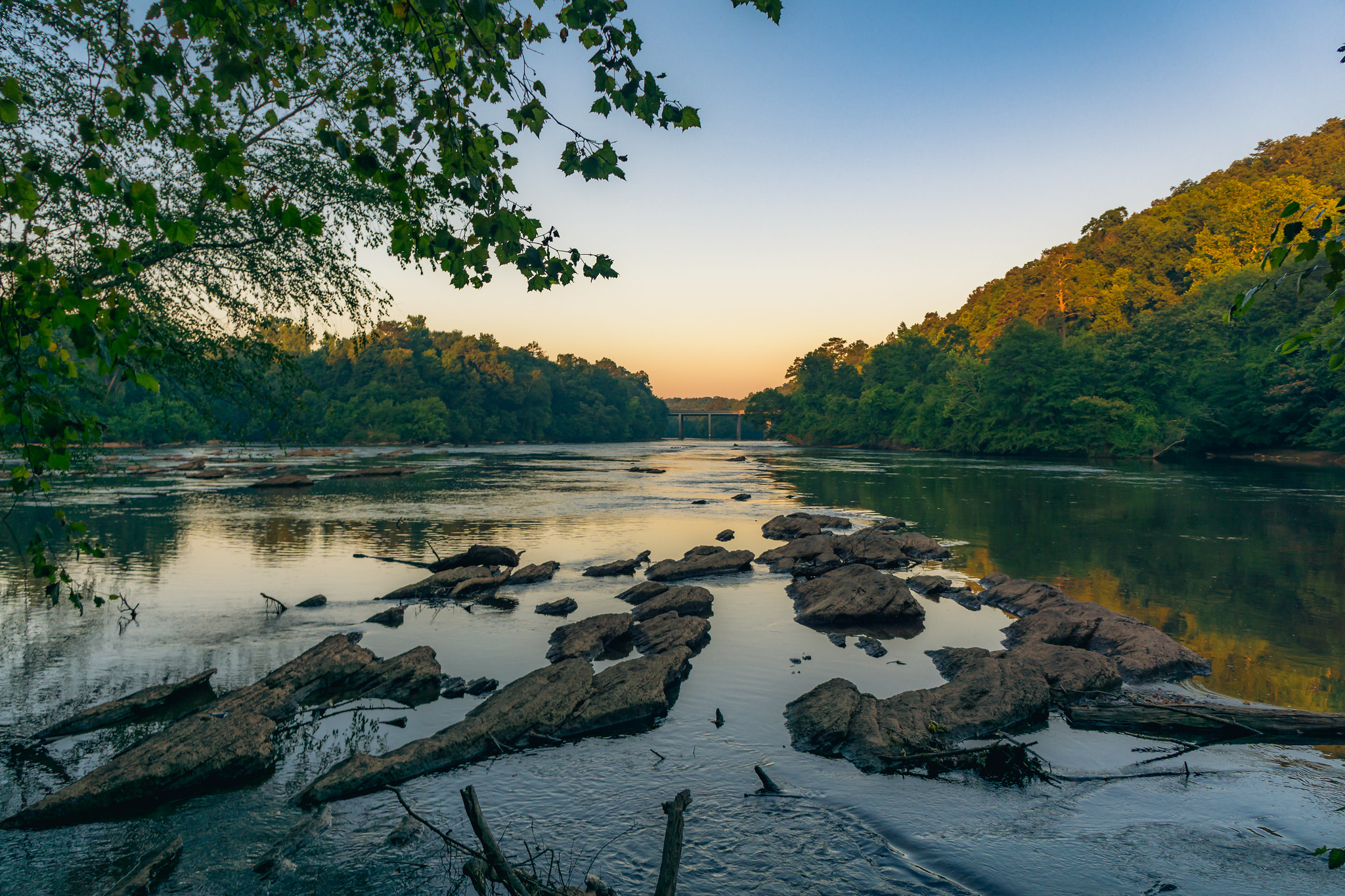
The series of shoals in this section creates perfect feeding lanes for hungry trout. Bamboo forests line parts of the bank, giving the area an almost exotic feel in the middle of the city.
The water depths here accommodate different feeding patterns, making it productive under changing conditions.
Like Travel Pug’s content? Follow us on MSN.
Cochran Shoals Run
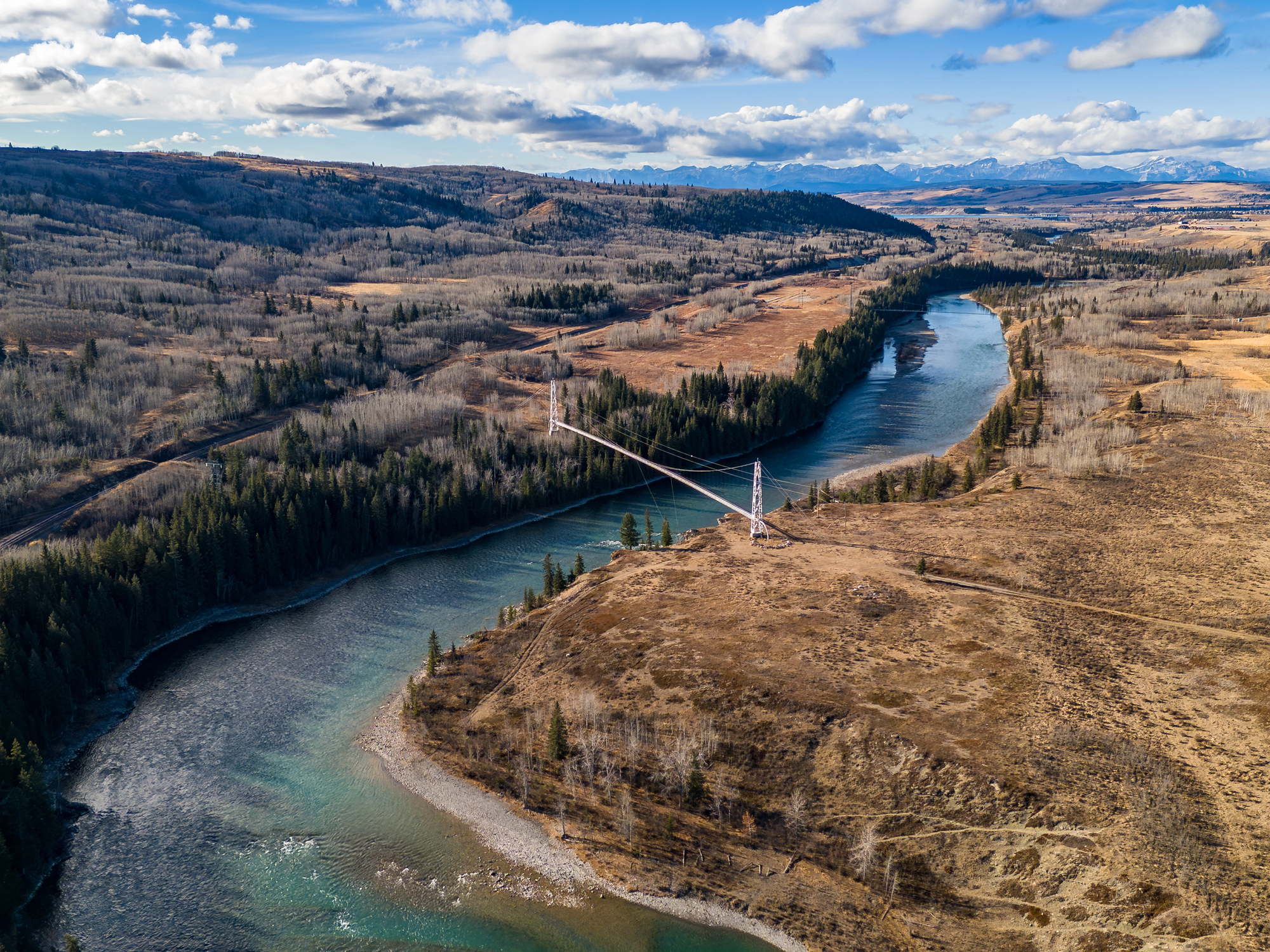
This stretch offers easy access but surprisingly good fishing if you time it right. The wide, shallow shoals transition into deeper runs that hold nice trout.
Fishing here during weekday mornings or evenings helps avoid crowds of walkers and runners who frequent the adjacent trail system.
Gold Branch Pools
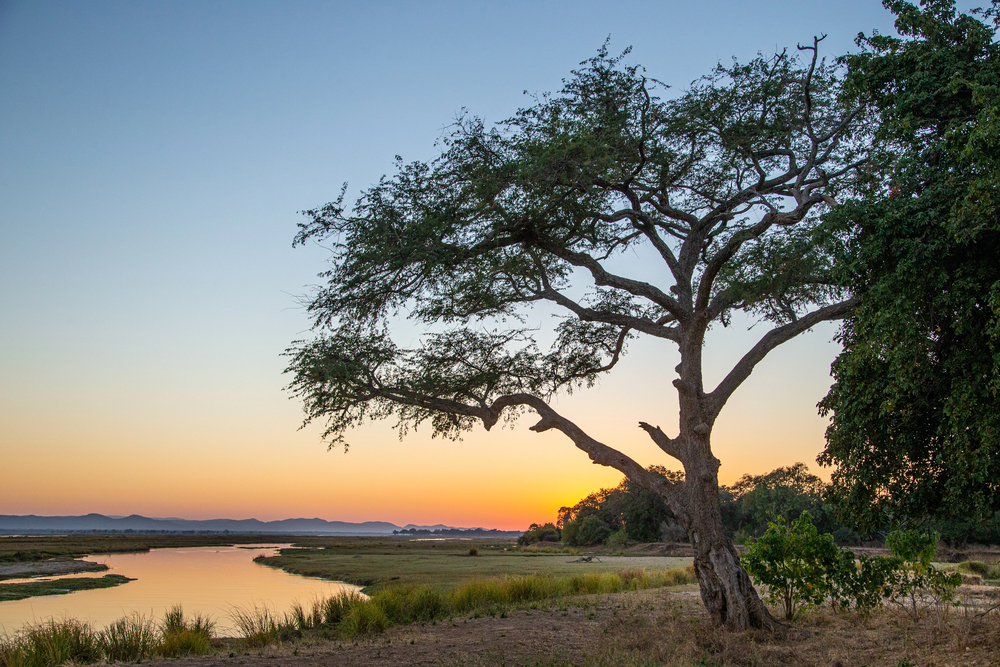
This remote part of the creek demands a moderate walk, reducing pressure on the fish. Numerous deep pools bridged by swift runs form an ideal trout environment.
The hardwood forest offers good cover, maintaining lower water temperatures throughout summer.
Gunby Creek Mouth

This small tributary empties into the Chattahoochee with a deep scour erosion that typically has bigger trout. Few people visit here, despite always finding something to catch.
The creek adds cool water and additional food sources to the main river, so this is a fisherman’s hot spot.
Like Travel Pug’s content? Follow us on MSN.
Don White Park Runs
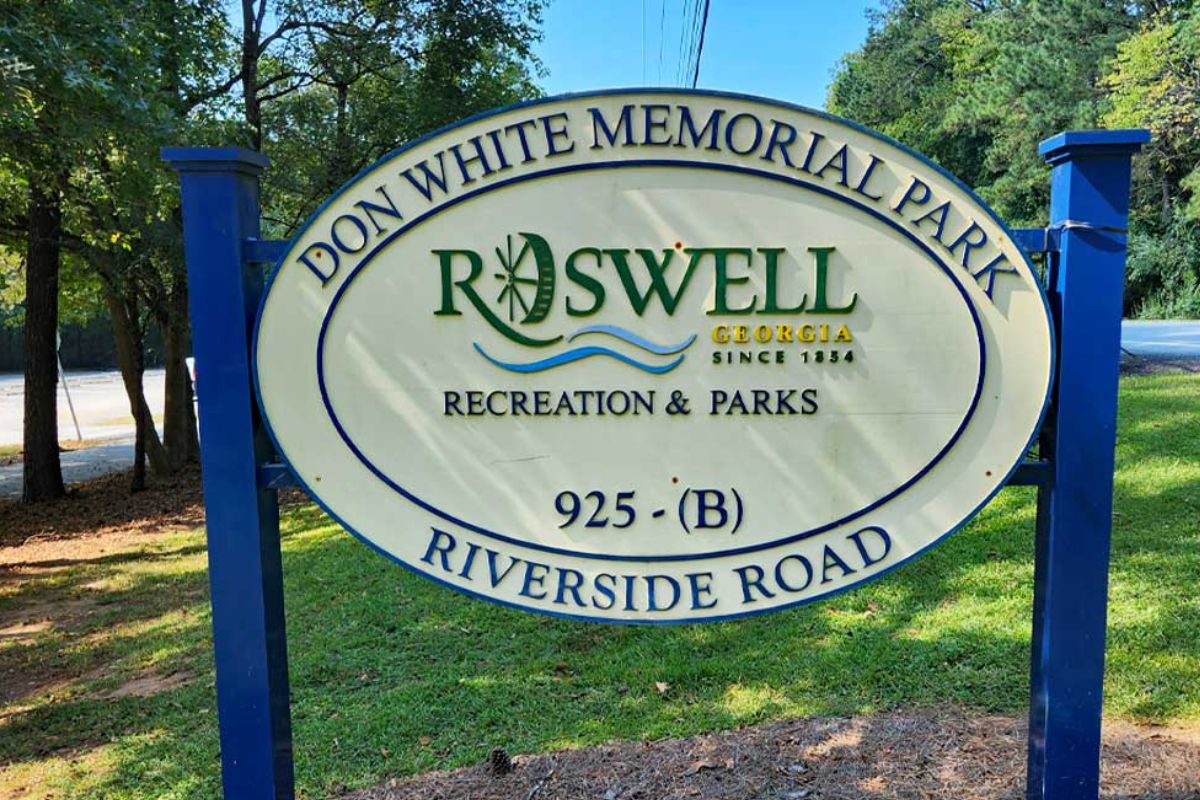
This stretch of the Roswell River has lengthy, even runs that hold surprising numbers of trout. The park is easy to access, but deploying widely in the river helps to find unpressured fish.
The even depth of this stretch of water makes it particularly well-suited to regular nymph fishing techniques.
Johnson Ferry Tailouts
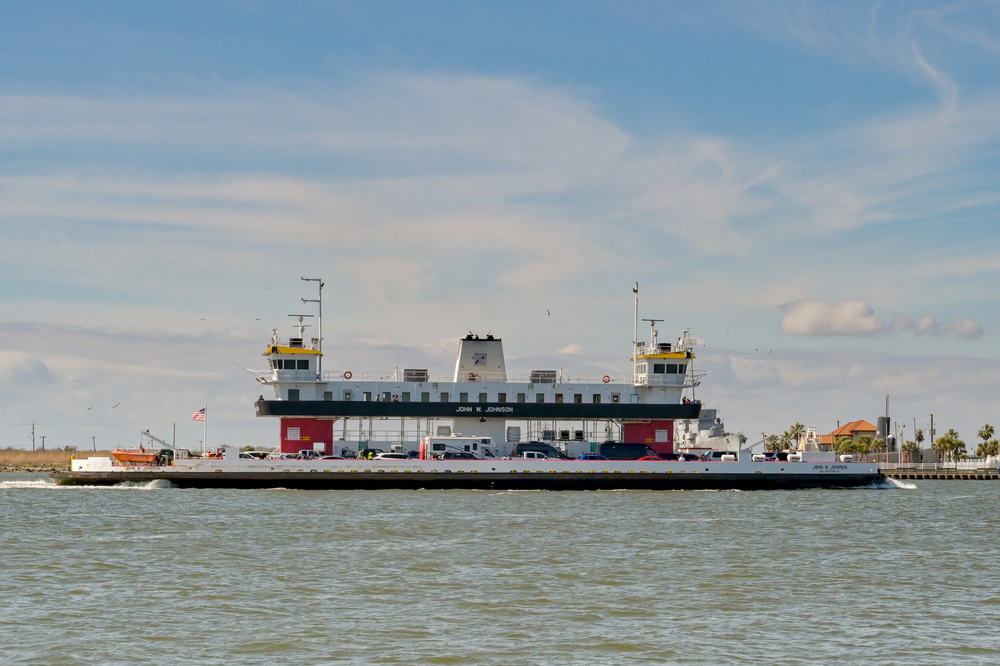
The tailouts below the faster water at Johnson Ferry hold feeding trout throughout the year. This section receives less pressure than the more popular riffles upstream.
The gradual transition from fast to slow water creates perfect feeding zones for opportunistic fish.
Paces Mill Undercut
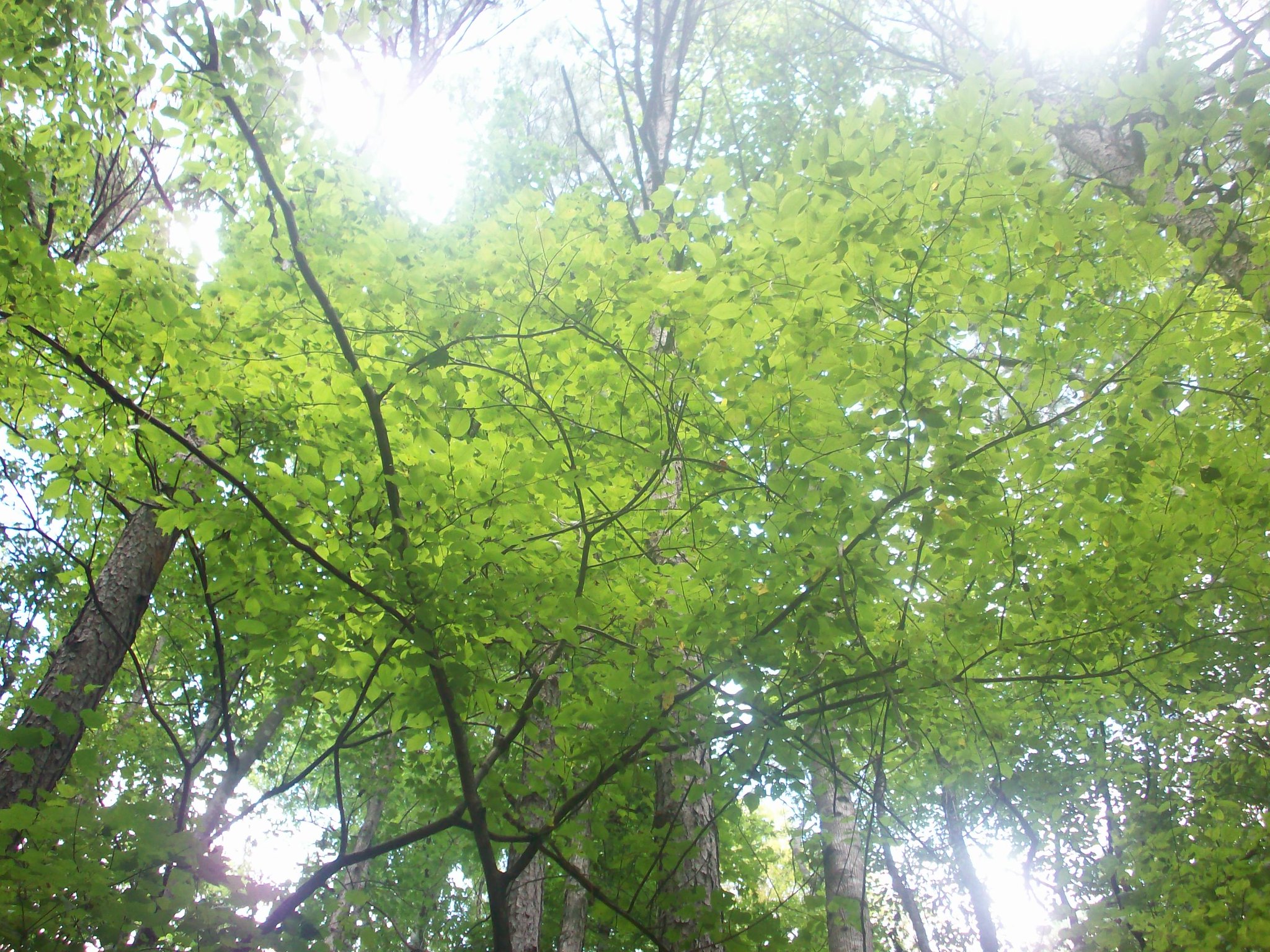
The undercut banks near Paces Mill provide shelter for some of the river’s larger brown trout. This section is closest to downtown Atlanta, yet still produces quality fish.
The deeper water against the bank offers cooler temperatures and overhead cover, making larger trout feel secure.
Like Travel Pug’s content? Follow us on MSN.
Rottenwood Creek Junction
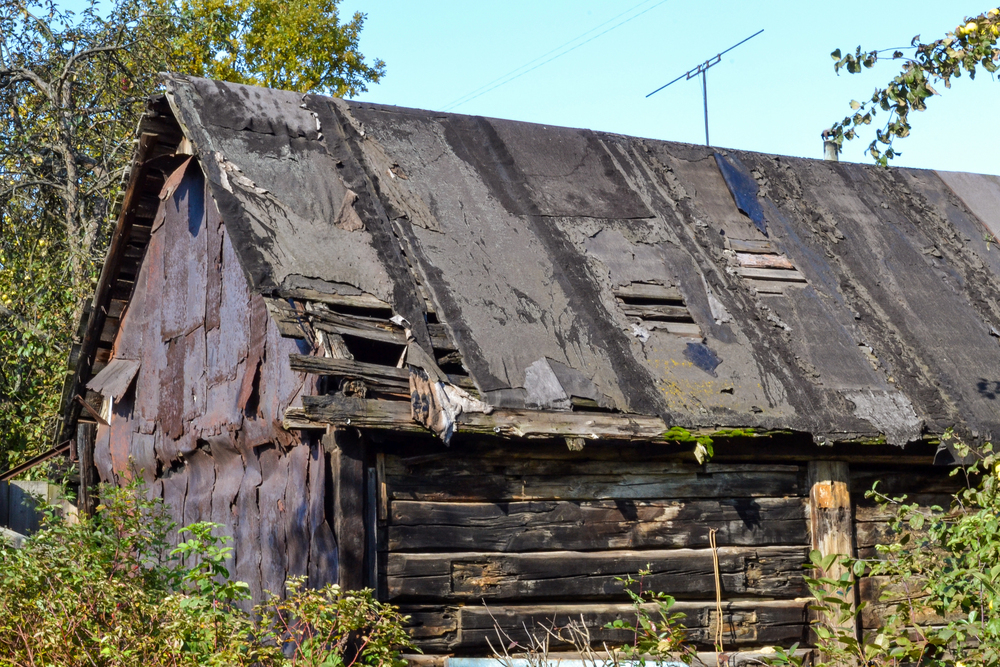
This small creek enters the Chattahoochee near the Cumberland area, creating a food-rich environment for trout. The junction is within sight of office buildings yet remains overlooked by most anglers.
The creek mouth tends to fish particularly well after light rains that wash additional food into the system.
Columns Drive Glides

The smooth glides in this section hold feeding trout that many anglers miss while focusing on more obvious riffles. This stretch features consistent depth with subtle structure that concentrates fish. The even flow makes for easier wading and more precise presentations to feeding fish.
Willeo Creek Pools

This tributary holds surprisingly large trout in deeper pools inside the perimeter highway. Despite its accessibility, the creek receives less fishing pressure than the main river.
The slightly stained water here often means fish are less spooky than in clearer river sections.
Like Travel Pug’s content? Follow us on MSN.
Bull Sluice Lake Inlet
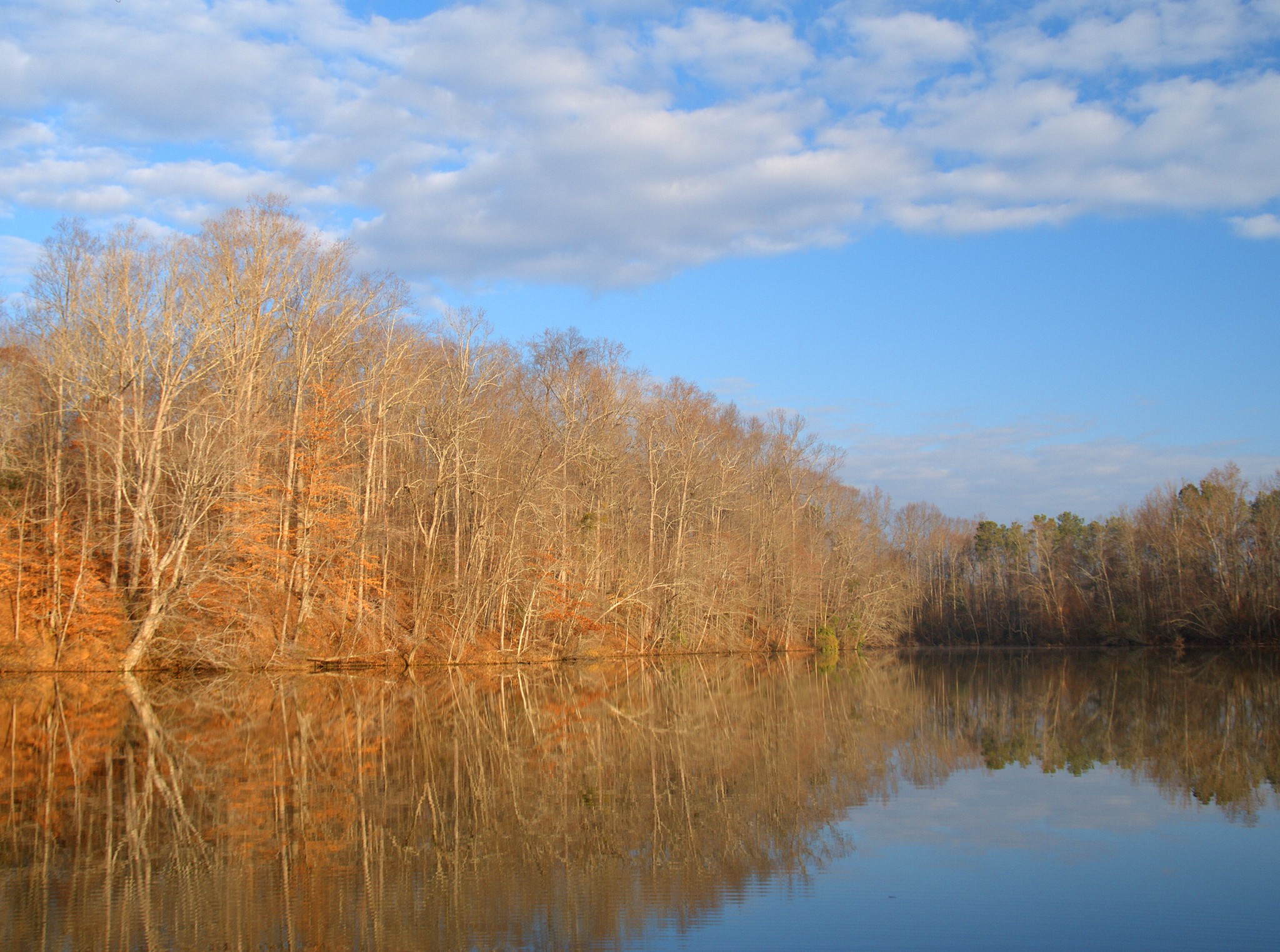
Where the river enters Bull Sluice Lake, a deep channel forms that consistently holds larger trout; this transition zone concentrates food and provides cooler water even during summer.
The deeper water requires different techniques than most river sections, which helps keep pressure on these fish minimal.
The Urban Angler’s Paradise

Atlanta’s urban trout fishery represents a rare combination of accessibility and quality that few major cities can match. These hidden spots demonstrate how successful conservation efforts have transformed the Chattahoochee watershed into a remarkable fishery.
The presence of wild and stocked trout thriving within minutes of downtown skyscrapers is a powerful reminder that nature can flourish alongside urban development when properly protected and managed.
More from Travel Pug

- Cities Growing so Fast You Won’t Recognize Them in 10 Years
- 13 Destinations Where Tourists Regularly Regret Their Trip
- 16 U.S. Cities That Are Quietly Becoming Travel Hotspots
- Where to Travel If You Love Long Bus Rides and Daydreams
- 20 Cities Perfect for Solo Travelers Who Crave Adventure & Culture
Like Travel Pug’s content? Follow us on MSN.
